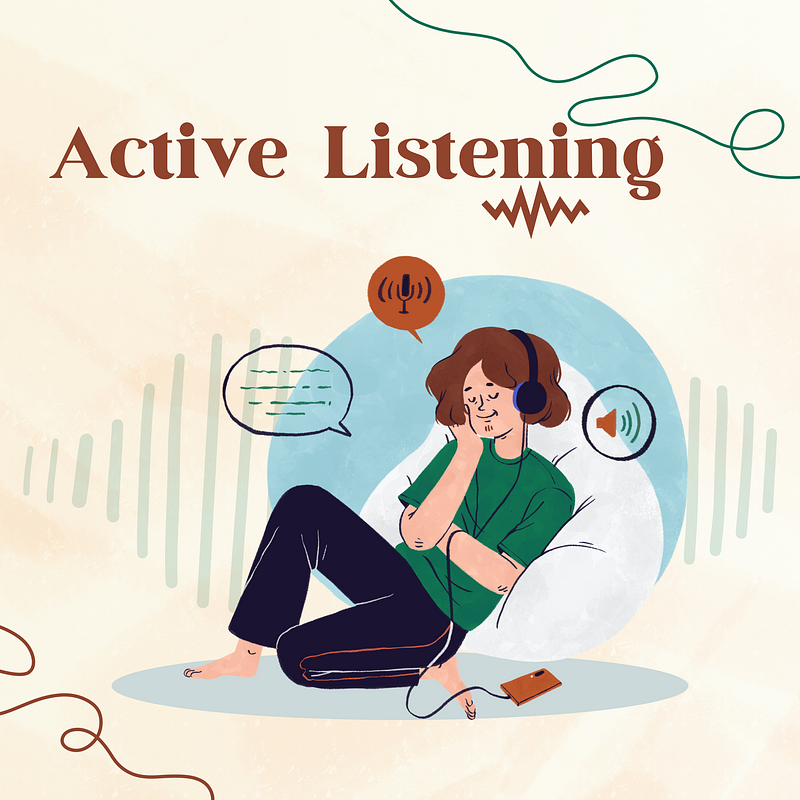Unlocking Your Full Potential: Mastering Active Listening Skills
Written on
Chapter 1: Understanding Active Listening
Effective communication is fundamental to personal growth, and at its core lies the practice of active listening. This skill involves fully engaging with the speaker to grasp their message and respond thoughtfully.

Section 1.1: The Core of Active Listening
Active listening transcends just hearing words; it requires a commitment to understanding the speaker. Recall a moment when someone was completely focused on you—not just waiting for their turn to talk, but genuinely interested in your thoughts. That illustrates the essence of active listening.
Subsection 1.1.1: Key Elements of Active Listening
- Attention: Fully concentrate on the speaker without distractions.
- Understanding: Comprehend the message being conveyed.
- Responding: Provide relevant feedback, questions, or insights.
- Remembering: Retain significant points for future discussions.
Section 1.2: Obstacles to Active Listening
Preconceived ideas or biases can hinder our ability to listen genuinely. Other common obstacles include distractions, impatience, or formulating a response while the speaker is still talking.
Chapter 2: Enhancing Communication Through Non-Verbal Cues
Non-verbal signals—such as eye contact, nodding, and open body language—play a vital role in expressing interest and encouraging the speaker to share more.
Section 2.1: Clarifying Through Paraphrasing
After the speaker shares their thoughts, try summarizing what they’ve said back to them. This not only confirms your understanding but also shows that you are actively engaged in the conversation.
Section 2.2: The Importance of Patience
Consider the frustration of being interrupted mid-sentence. Allowing the speaker to finish fosters respect and encourages open dialogue.
Section 2.3: Empathy in Responses
In emotionally charged conversations, responding with empathy can strengthen trust. Phrases like “That must have been difficult for you” can offer significant comfort.
Section 2.4: The Power of Open-Ended Questions
Rather than framing questions that can be answered with a simple ‘yes’ or ‘no’, opt for open-ended inquiries such as “How did that make you feel?” This approach promotes deeper discussions.
Section 2.5: Active Listening in the Digital Age
In today’s digital landscape, practicing active listening involves thoroughly reading messages, avoiding multitasking during virtual meetings, and crafting thoughtful replies.
Conclusion: The Benefits of Active Listening
When we actively listen, we cultivate deeper connections, trust, and mutual respect. Ultimately, active listening is a valuable gift we offer others, reflecting our respect, understanding, and genuine interest in their perspectives. By refining this skill, we not only improve our communication abilities but also enrich our relationships and personal development.